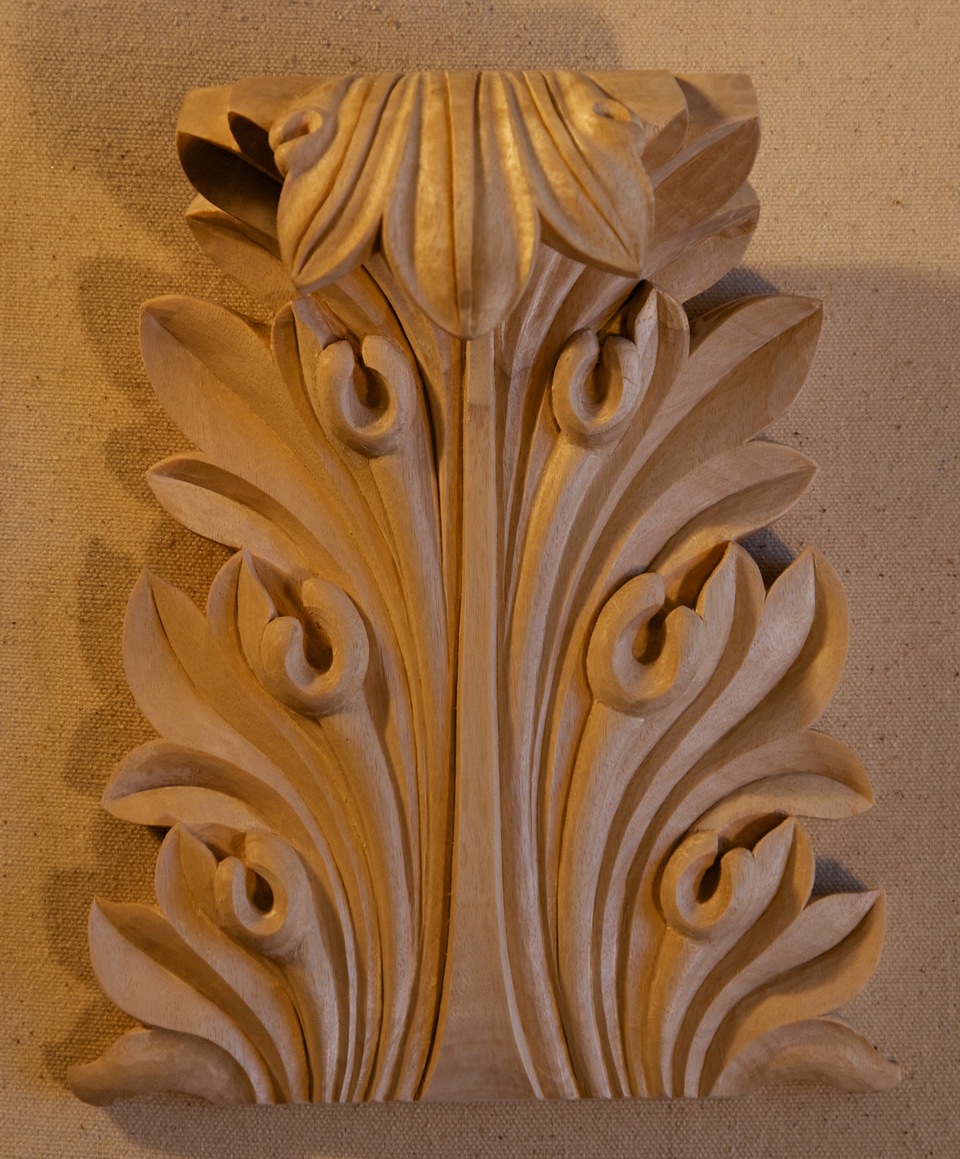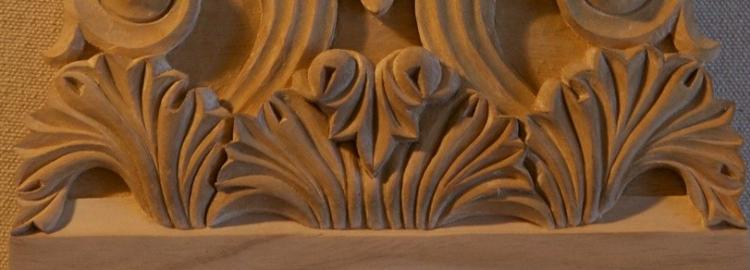You are here
Greek
Unlike Egyptian art, which was somewhat cold and rigid, ancient Greek art is reflective of the more warm and gracious national character of the Greeks. As Alexander Speltz points out in his book, The Styles of Ornament, "Style is...but the truthful expression of the character and perceptions of a people or of an historical epoch."
Greek art and architecture can be divided into three basic periods:
• The Archaic Period (c.600-500 BCE)
• The Classical Period (c.500-323 BCE)
• The Hellenistic Period (c.323-27 BCE)
The Ancient Greeks developed a highly structured system of orders, or rules for building based on proportions that relate individual architectural components to the entire structure. They first built their orders with wood, later switching to stone using the same forms. The orders resulted in a visually balanced building regardless of its size of the materials used.
Each order includes a column that extends from a base at the bottom to a shaft in the middle to a capital at the top. The capital was often enriched with stylized elements such as animals or foliage. The capital supports the horizontal entablature, which is divided into three parts:
• The architrave (lowest part)
• The frieze (middle)
• The cornice (top)
These components were further enriched with decorative mouldings and ornamentation. Each part was sized and arranged according to an overall system of proportion based on the height and diameter of the columns.
Early Greek architecture consisted of three orders:
- The Doric, more popular during the Classical age, is the oldest order and is characterised by its excessively austere, formal style. Sculpted with flutes, the columns often lack bases and are placed close together. The capitals are plain and simplistic with a rounded section at the bottom (echinus) and a square at the top (abacus). While largely unsuitable for elaborate ornamentation, the entablature nonetheless has a frieze enriched with vertical channels (triglyphs), between which are spaces (metopes) carved with figures and other decorative elements. A narrow band (regular) separates the frieze from the architrave. The Parthenon in Athens, Greece is the epitome of the Doric order.
- The Ionic order, developed in the Ionian islands during the 6th century BCE, captured the free-spirited nature of the more relaxed Hellenistic period. Less restrained and more decorative than the Doric order, it was typically used for smaller buildings and interiors. The capital has two distinctive scrolls (volutes), thought to symbolise either nautilus shells or animal horns. Egg and dart ornamentation is often carved between the volutes. The entablature above the capital is narrower than that of the Doric and the frieze is enriched with a continuous band of ornamentation. Built from about 448-421 BCE, the Temple to Athena Nike, located at the entrance to the Acropolis is an excellent example of the Ionic order.
- The Corinithian order was named after the city of Corinth and thought to have been invented by the sculptor, Callimachus, in the 5th century BCE. While the order is the most elablorate of the three styles, the Greeks did not often use it. The base, column and entablature are similar to those of the Ionic order, but the capital is ornately carved with two rows of spiky acanthus leaves. Built in the 5th century, the oldest known Corinithian column stands inside the 5th-century temple of Apollo Epicurius at Bassae.



